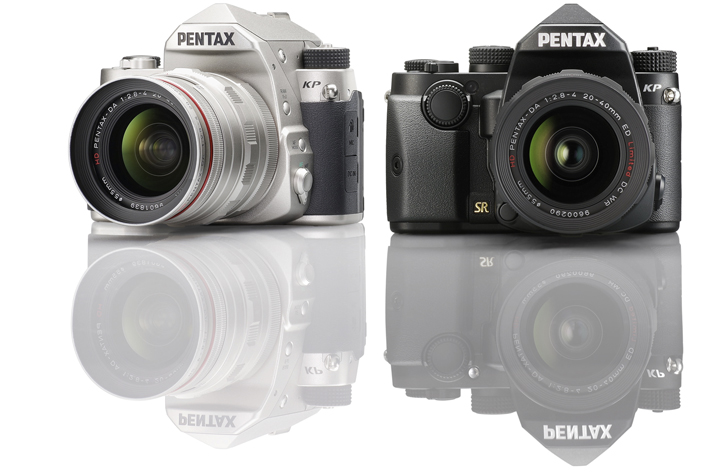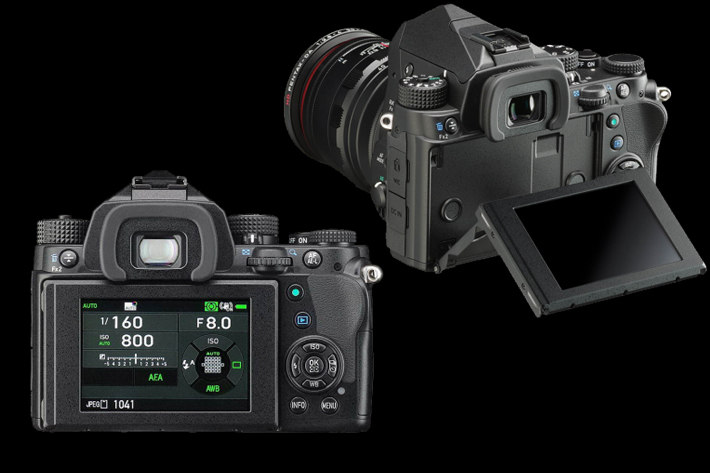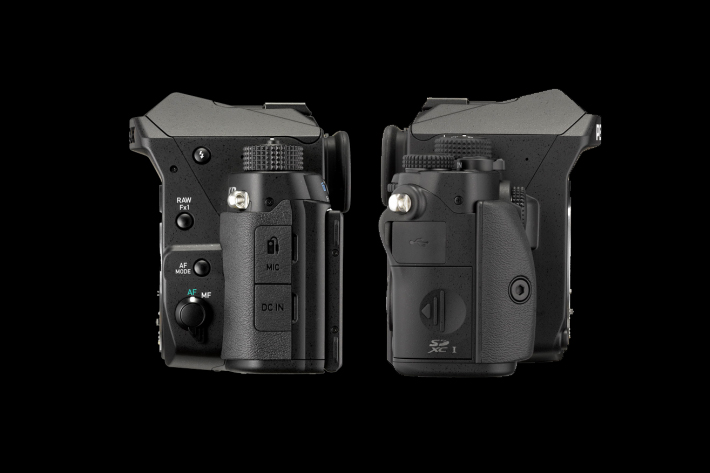
Heir to K-3 legacy, the new Pentax KP camera offers in a compact body new features and controls built around a sensor with 24.32 effective megapixels.
The Pentax KP is, according to Ricoh-Imaging, the company that produces the heritage-rich, award-winning line of Pentax DSLR cameras, lenses and sport optics equipment, designed to be “highly dependable in the harsh environmental conditions found in outdoor photography, as it incorporates reliable features such as a dustproof, weather-resistant construction and cold-proof performance down to temperatures as low as -10°C.”
“We designed the Pentax KP to appeal to the world’s most discerning outdoor photographers, who will appreciate its rich and powerful feature set and rugged, compact design, whether they are shooting a landscape on a trek in Patagonia or capturing an eclipse,” said Kaz Eguchi, president, Ricoh Imaging Americas. “From Pixel Shift Resolution to our new generation of Shake Reduction, Pentax proudly continues to lead the way in photographer-friendly innovation.”

Although outdoor photographers will appreciate the fact that the camera can be used in the most challenging conditions, in serious outdoor photography while mountain climbing or trekking, the Pentax KP is designed also to satisfy the user looking for a tool to capture snapshots. The features concur to offer a system that easily adapts to different needs… while the price is rather interesting considering what the camera offers.
In fact, with a price point that is quite attractive, the Pentax KP offers, in a compact, portable body designed for daily use, high-end features able to accommodate a variety of specific photographic requirements. The camera’s compact body is the result of a complete internal re-design to produce an advanced DSLR camera with an extremely slim profile for optimal comfort and handling.

Pentax cameras from the SLR days were already models of customization and the Pentax KP DSLR continues that tradition, taking it to new levels. The Pentax KP incorporates additional advanced technologies and ease-of-use features that include:
- 5-Axis Shake Reduction System: The Pentax KP is the first Pentax APS-C DSLR to offer the new generation SR II system, which uses a five-axis mechanism to compensate for camera shake caused by horizontal and vertical shift (often generated in macro photography), roll (difficult to handle by lens-installed shake reduction mechanisms), as well as pitch and yaw. The SR II unit is controlled with great precision as soon as the camera’s power is turned on, providing a wide compensation range—as much as five shutter steps—to further expand the limits of handheld shooting. With the addition of an optional accessory GPS module (O-GPS1 GPS unit), the Pentax KP, simplifies astro-photography, making it possible to record stars as points of light rather than star trails during extremely long exposures.
- Pixel Shift Resolution: This technology enables producing color-accurate still-life subjects with the highest resolving power. The technology uses the KP’s in-body Shake Reduction System to move the image sensor in single-pixel increments, to capture four separate images that are subsequently combined into a single, high-definition image.
- A vertical tilt LCD monitor that facilitates high- and low-angle shooting.
- A grip replacement system that lets photographers choose their preference of grip based on shooting style or lens choice. In addition to the standard grip that comes with the Pentax KP, accessory grips include medium (M) and large (L) grips (these will come packaged with KP bodies sold in North America), as well as the optional D-BG7 Battery Grip.
- Control panels, button settings and dial controls that can all be customized, based on a user’s preference.
The new 24-megapixel CMOS sensor enables shooting in extremely low-light conditions, with sensitivity to ISO 819200, making the camera ideal for night photography. The Pentax KP features an electronic shutter option in live-view to enable high-speed shooting up to 1/24,000-second, which greatly broadens shooting capabilities when using large aperture lenses to achieve a shallow depth of field on a bright sunny day.
One last note, in case you’re wondering: yes, it does capture video in Full HD. It’s deemed enough for the public Ricoh Imaging aims to convince. I wouldn’t mind trying one.

